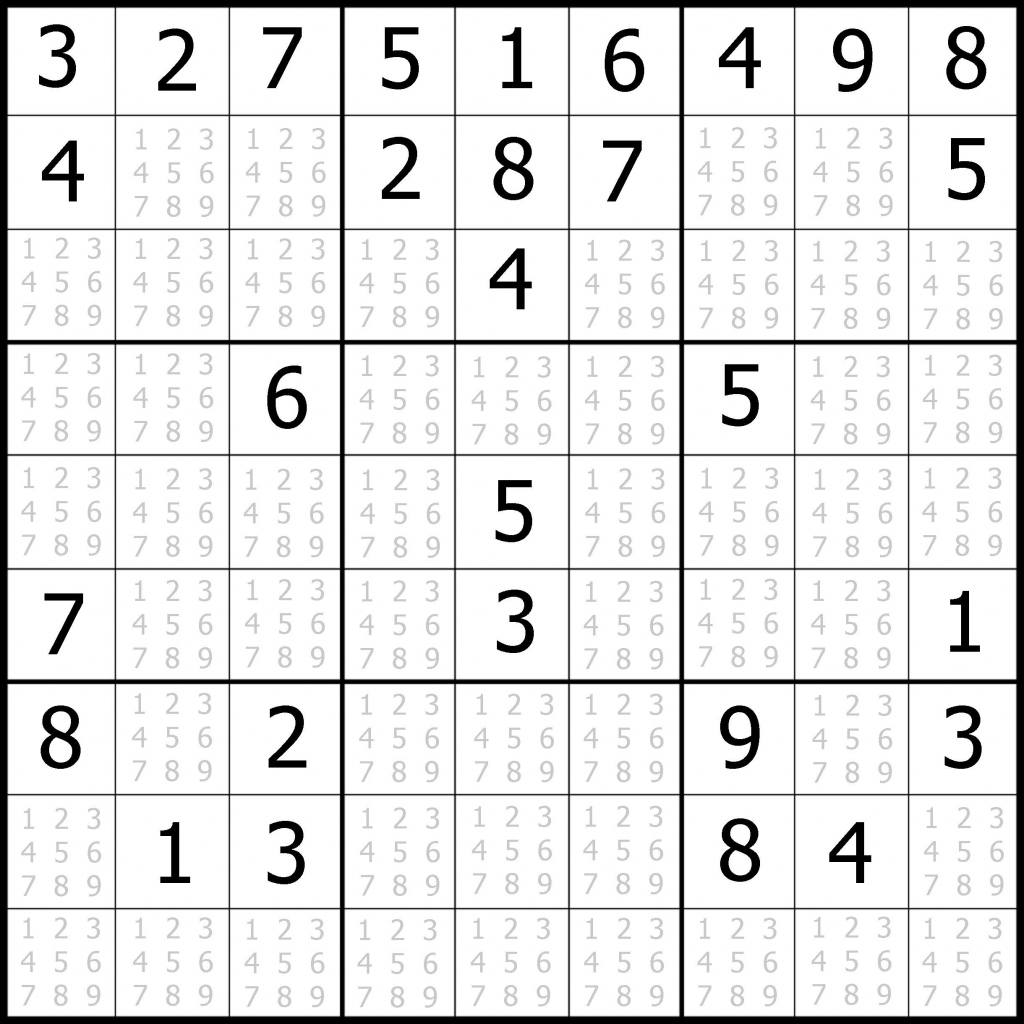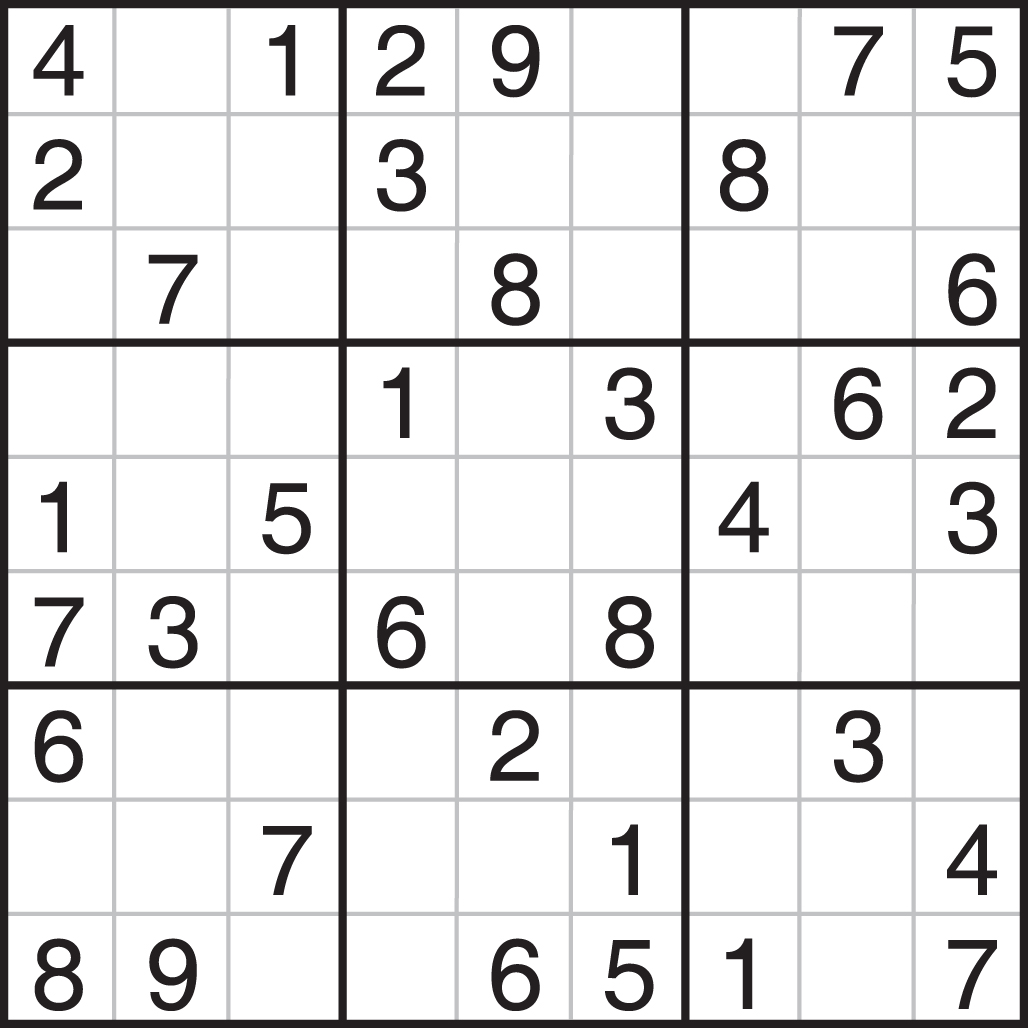


#Sudoku solver download#
To do this, download the file sud_demo.zip. A procedure involving guesses is the most appropriate since a procedure involving conformative evaluation in each step would be very complex, if possible.Any solution involving recursive calls would surely result in a stack overflow during runtime.It is quite simple to apply to this problem.The backtracking procedure seemed to be the most appropriate procedure since:.We may think of improving the backtracking procedure by using more intelligence in function evaluate().barrs: A class similar to list but more appropriate to use in function evaluate().i & j represent the row & column of the position respectively. An object of this class represents a position in a Sudoku matrix.

num: A class derived from System::Windows::Forms::DomainUpDown.An object of this class is used in class sudokugame to store solutions of a given puzzle. LIST: A template class containing some list operations.The function validsarr(bool comp) is used to find whether a given array is a completely ( if comp=true)/incompletely ( if comp=false) filled valid Sudoku row/column/grid. sudokugame: Contains the heart of the project (the function evaluate() to solve the puzzle).
#Sudoku solver code#
The code consists of the following classes among others: I would like to get the reader's reaction to this issue. Any modification to a problem can be done after it has been solved easily by clicking "Modify input" button.Īll important parts of the code are provided with appropriate comments and hence I feel not much explanation is needed of the code here.The digits which are part of the problem appear in a color different from the other digits in the solution.Can find out the number of solutions a given puzzle has.Can solve partial Sudoku puzzles (Can solve Sudoku puzzles having more than one solution).Hence, we go to the previous step and make a different choice and proceed. At a certain step, if none of the possibilities turns out to be feasible, we know that anyone/some of our guesses is/are wrong. After making each choice, we check whether it is feasible. We make a guess of the choice among the possibilities and proceed to the next step. Some problems can be solved in a certain number of steps sequentially, wherein in each step we have to choose between certain number of possibilities. BackgroundĪ knowledge of backtracking algorithms such as Solution to the N Queens problem would be helpful. As the name indicates, the project is to solve a Sudoku puzzle.


 0 kommentar(er)
0 kommentar(er)
